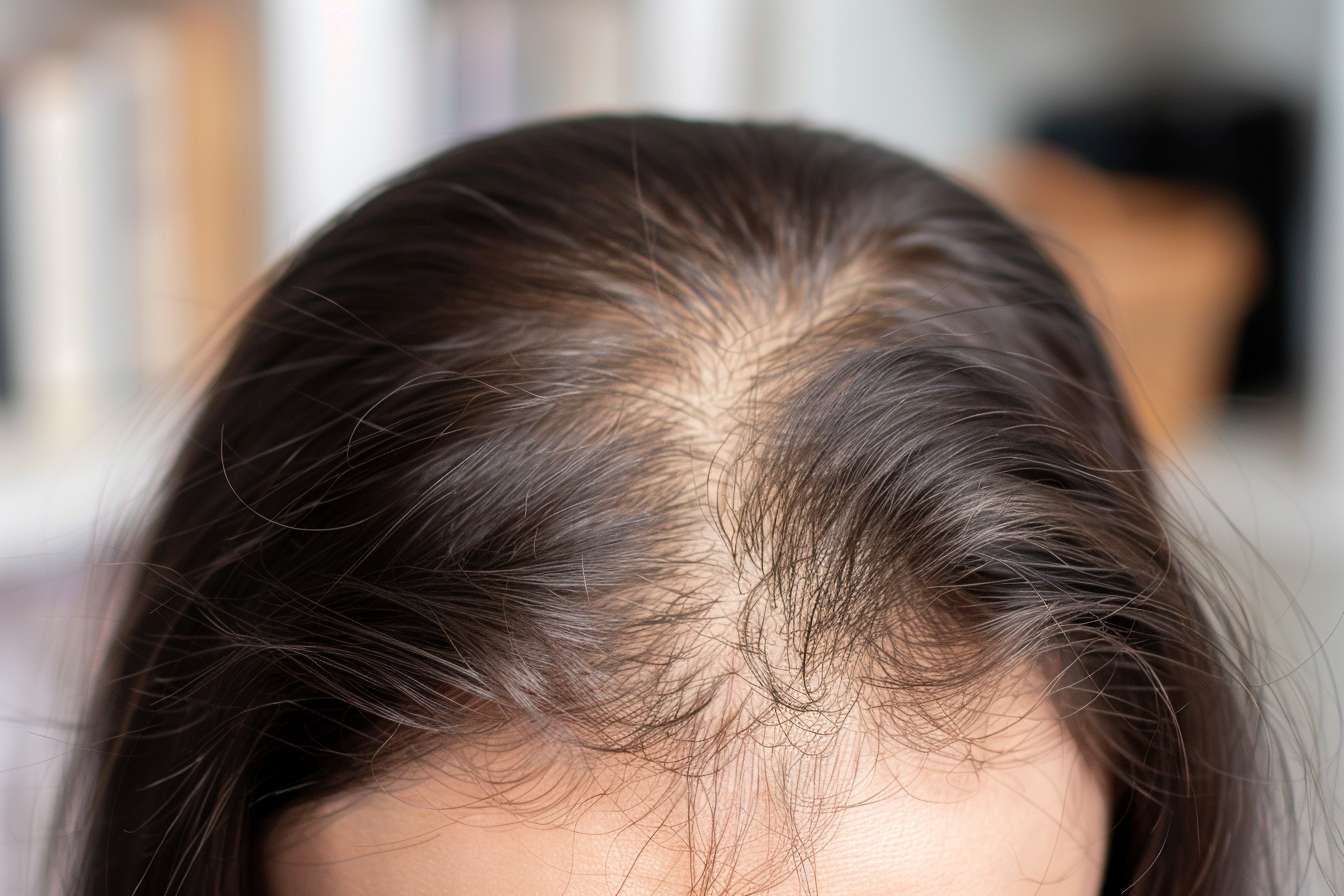Scalp Psoriasis Explained: What Causes It and How to Treat It
Dealing with constant itching, flaking, or thick patches on your scalp? It could be more than dandruff—it might be scalp psoriasis. This common autoimmune condition can lead to irritation, embarrassment, and even hair thinning if ignored. In this guide, you'll discover what causes it, how to spot early symptoms, and which soothing treatments actually work. Whether you're newly diagnosed or tired of recurring flare-ups, here’s your path to a calmer, healthier scalp.

Scalp psoriasis represents one of the most common forms of psoriasis, affecting approximately 50% of people diagnosed with this autoimmune condition. Unlike simple dandruff or other scalp irritations, scalp psoriasis creates distinct, raised patches covered with silvery-white scales that can be both physically uncomfortable and emotionally challenging.
The condition occurs when the immune system mistakenly attacks healthy skin cells, accelerating the skin cell production cycle from the normal 28-30 days to just 3-4 days. This rapid turnover creates the characteristic thick, scaly plaques that define psoriasis.
What Are the Visual Signs Found in Psoriasis Pictures
Identifying scalp psoriasis requires understanding its distinctive visual characteristics. The condition typically presents as well-defined, raised patches with thick, silvery-white scales covering reddish or pink skin underneath. These plaques often appear along the hairline, behind the ears, and on the back of the neck.
Unlike dandruff, which produces fine, white flakes, scalp psoriasis creates thicker, more adherent scales that may have a yellowish tint. The affected areas often feel tender or sore to the touch, and the scaling may be accompanied by intense itching. In severe cases, the plaques can cover the entire scalp and extend onto the forehead, neck, and ears.
Understanding Pictures of Plaque Psoriasis on the Scalp
Plaque psoriasis on the scalp manifests differently than other scalp conditions, making visual identification crucial for proper treatment. The plaques typically have clearly defined borders and maintain their raised appearance even when hair grows through them. The scales often trap hair, creating clumps that can make styling difficult.
Photographic documentation shows that scalp psoriasis plaques can vary in size from small, coin-sized patches to large areas covering significant portions of the scalp. The underlying skin appears inflamed and may bleed slightly when scales are removed. This bleeding, known as the Auspitz sign, is a characteristic feature that helps distinguish psoriasis from other scalp conditions.
Why Scalp Psoriasis Picking Worsens the Condition
The urge to pick at psoriatic scales is common but counterproductive. Picking or scratching can trigger the Koebner phenomenon, where new psoriatic lesions develop at sites of skin trauma. This creates a cycle where scratching leads to more plaques, which increases itching and the desire to scratch further.
Removing scales forcefully can also cause bleeding and potential secondary infections. The damaged skin becomes more vulnerable to bacteria and fungi, complicating treatment and potentially leading to scarring. Additionally, aggressive picking can cause temporary or permanent hair loss in affected areas.
Root Causes and Triggers of Scalp Psoriasis
Scalp psoriasis develops through a complex interaction of genetic predisposition and environmental triggers. Approximately 30% of people with psoriasis have a family history of the condition, indicating a strong genetic component. However, having the genetic markers doesn’t guarantee development of the condition.
Common triggers include stress, infections (particularly streptococcal throat infections), certain medications, skin injuries, smoking, and excessive alcohol consumption. Weather changes, particularly cold, dry conditions, can also exacerbate symptoms. Hormonal changes during puberty, pregnancy, or menopause may trigger initial outbreaks or worsen existing conditions.
Treatment Options and Management Strategies
Effective scalp psoriasis management requires a multi-faceted approach tailored to individual severity and response patterns. Topical treatments form the foundation of most treatment plans, including corticosteroids, vitamin D analogs, tar-based products, and salicylic acid preparations.
For mild cases, medicated shampoos containing coal tar, salicylic acid, or zinc pyrithione can provide relief. Moderate to severe cases may require prescription topical medications or systemic treatments including methotrexate, biologics, or phototherapy.
| Treatment Type | Provider/Product | Cost Estimation |
|---|---|---|
| Medicated Shampoos | Neutrogena T/Gel, Head & Shoulders Clinical | $8-25 per bottle |
| Prescription Topicals | Clobetasol, Calcipotriene | $50-200 per tube |
| Dermatologist Consultation | Local dermatology practices | $200-400 per visit |
| Biologic Treatments | Humira, Stelara, Cosentyx | $3,000-6,000 per month |
| Phototherapy Sessions | Hospital or clinic-based | $50-150 per session |
Prices, rates, or cost estimates mentioned in this article are based on the latest available information but may change over time. Independent research is advised before making financial decisions.
Lifestyle modifications can significantly impact treatment success. Stress management through meditation, exercise, or counseling can reduce flare-ups. Maintaining a healthy diet rich in anti-inflammatory foods, avoiding known triggers, and following a consistent skincare routine all contribute to better outcomes.
Regular follow-up with healthcare providers ensures treatment effectiveness and allows for adjustments as needed. Many people find that combining medical treatments with lifestyle changes provides the most comprehensive management approach.
Scalp psoriasis, while challenging, is manageable with proper understanding and treatment. Early intervention, consistent care, and patience with treatment responses can lead to significant improvement in symptoms and quality of life. Working closely with healthcare providers to develop personalized treatment plans offers the best opportunity for long-term success in managing this chronic condition.
This article is for informational purposes only and should not be considered medical advice. Please consult a qualified healthcare professional for personalized guidance and treatment.




